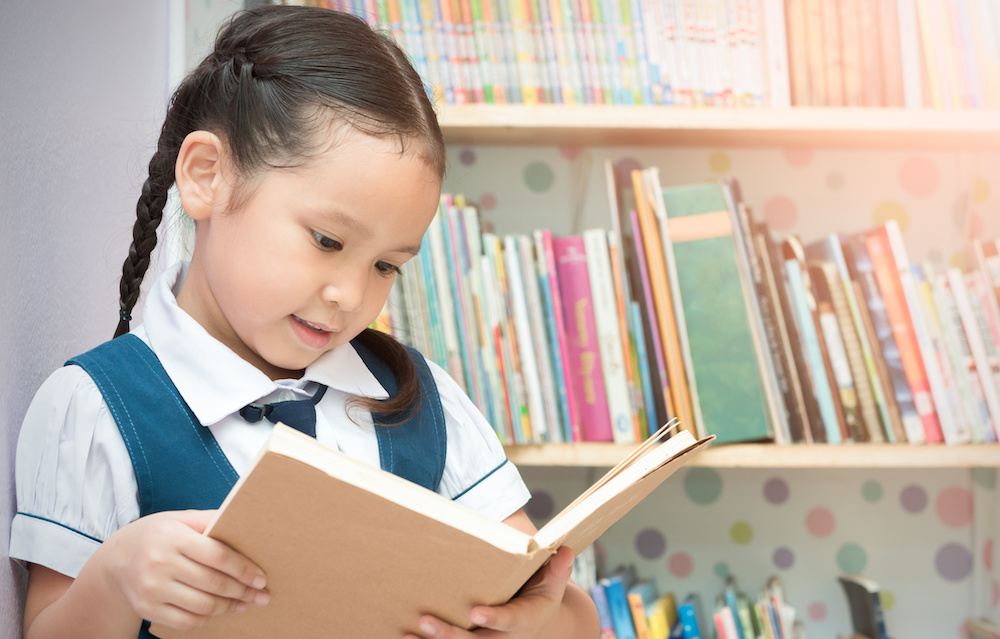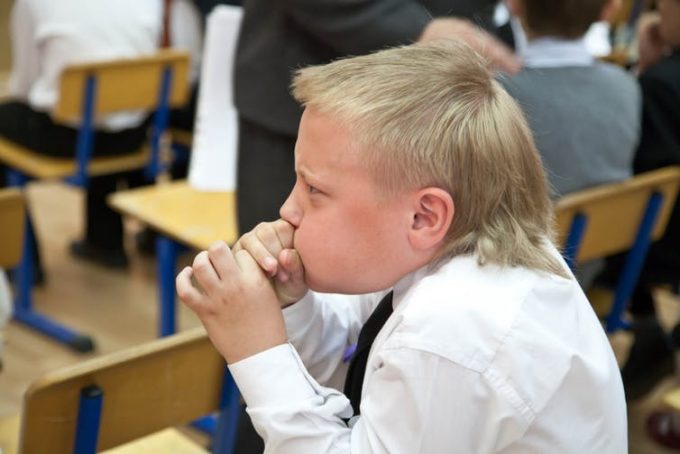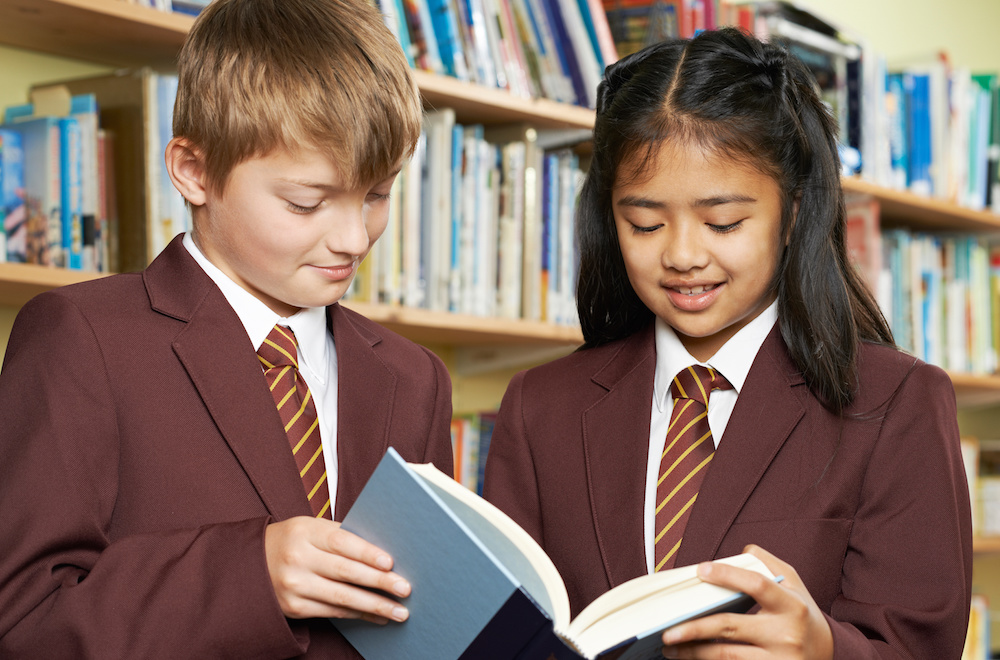Adam Voigt: The line” is about harm and not behaviour

I’m genuinely amazed by how often I’m asked, in my travels amongst various schools, one particular question when it comes to serious student behaviour infractions.
That question is “Where’s the line?”. What these School Leaders are asking about is where the tipping point is between their relational, positive intentions and taking a hard stance, such as suspension, when student behaviour problems feel or seem to be at their worst.
Unfortunately and even frustratingly, it’s the wrong question and therefore doesn’t lead us to a meaningful answer. Despite our efforts to build formal systems where we categorise behaviours into levels of severity and even if we take into account factors such as frequency, these systems, flowcharts and tables are inherently flawed for a few of reasons:
- Behaviour, by nature, is highly variable and thereby impossible to categorise.
- Charts, tables and flowcharts cannot be built to recognise context, individual circumstances or group dynamics.
- These systems might be complicated and comprehensive, but they are bereft of flexibility, agility and adaptability for the myriad of possible behaviours in a school context.
It’s entirely forgivable that School Leaders would seek to build these systems and artifacts, chiefly because their intention is an honourable one – consistency. The responsibility, the pressure and the decision to suspend weighs heavily on every School Leader I’ve met. Student suspension is a decision never made lightly. It stands to reason that we wish to practically and perceptibly make the decision using consistent parameters.
At this juncture, it’s important to note that suspension is a valid response for School Leaders to contemplate. At the right times, suspension can provide a
circuit breaker on damaging behaviour patterns, provide the requisite time to intervene meaningfully and provide those affected a period of recovery. The problems with the way we suspend are often linked to it being decided upon emotionally and that the period of suspension is often endured rather than
used productively.
So, what’s the right time to suspend and when should we resist? Exactly where is this fabled “line” between the times that we do and we don’t? My contention is that the line is best viewed as representative of one thing only – harm. This will always be a matter of professional judgement and, as professionals, we’ll perhaps need to trust our judgement at these critical moments more than any other. But if the measure we use for suspension is a gauge of the harm caused by the situation then our process can be a consistent one, even when the outcome may not be.
Think about harm, rather than behaviour, as being able to be categorised. In matters of low or moderate harm, School Leaders should look to address the problem locally. Restorative approaches are those research proven to be most effective in such circumstances as they teach empathy and responsibility. Teachers and School Leaders should view themselves as facilitators of these conversations and swiftly transition the conversation from a gist of the past, through an examination of the harm and towards a plan for those involved to address it thoroughly. These are “below the line” situations and our plan for them needs to be monotonous in its consistency.
When the harm is viewed as being on the extreme end of the spectrum, then a School Leader may contemplate suspension – not as a means or end in itself, but as an opportunity to do the work such that the conditions will genuinely be different when that student returns to school. We call these circumstances “above the line” situations.
This all said, canny School Leaders know that crossing the line doesn’t mean abandoning our restorative intentions, but adding to them. Extreme harm circumstances are still teaching opportunities and often present as the most powerful at our avail.
Choosing harm as the measure for any suspension decision provides the agility and circumstantial respect that formal systems fail to. Harm can reach extreme levels after one infraction alone or in the case of multiple, repeated smaller behaviours. Further explanations about the harm caused, rather than the subjective nature of the behaviour that’s occurred are far easier to justify to stressed and embarrassed parents.
Consistency of process is achievable when it comes to suspension, but our obsession with consistency of outcome is the anchor we need to shed if we wish it to become a cultural reality in our schools.







